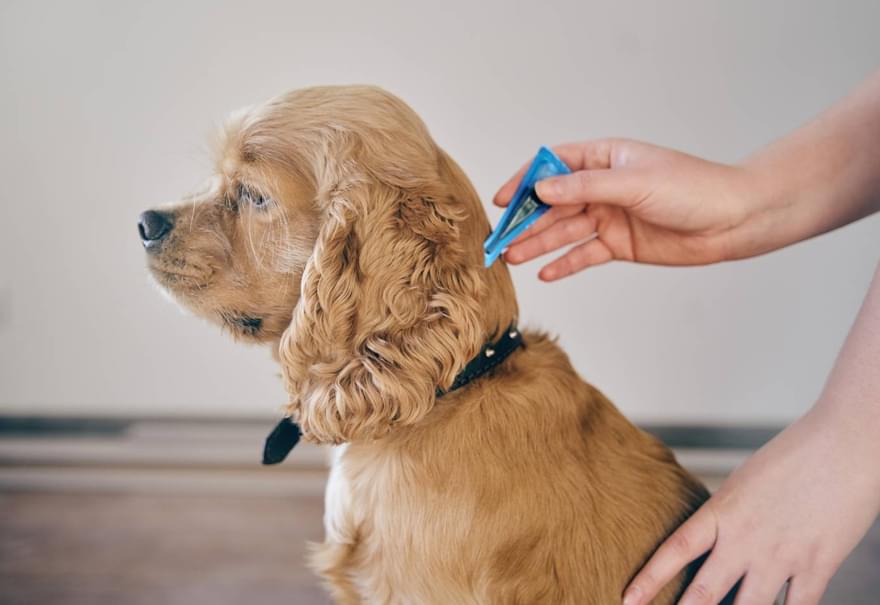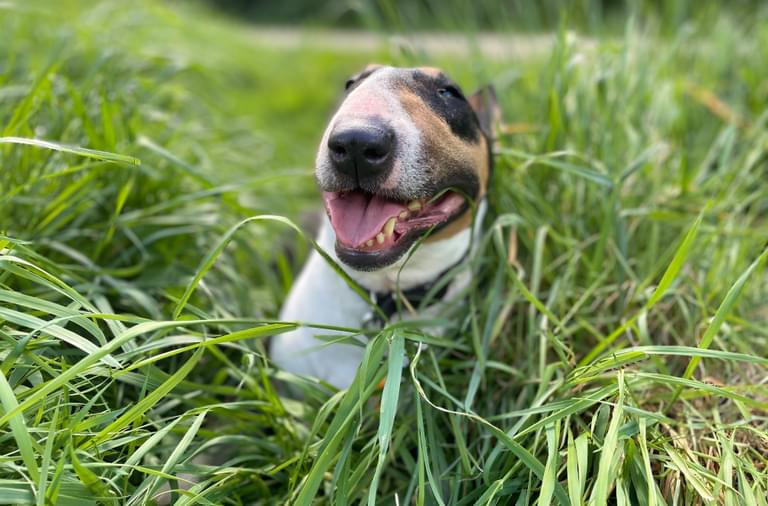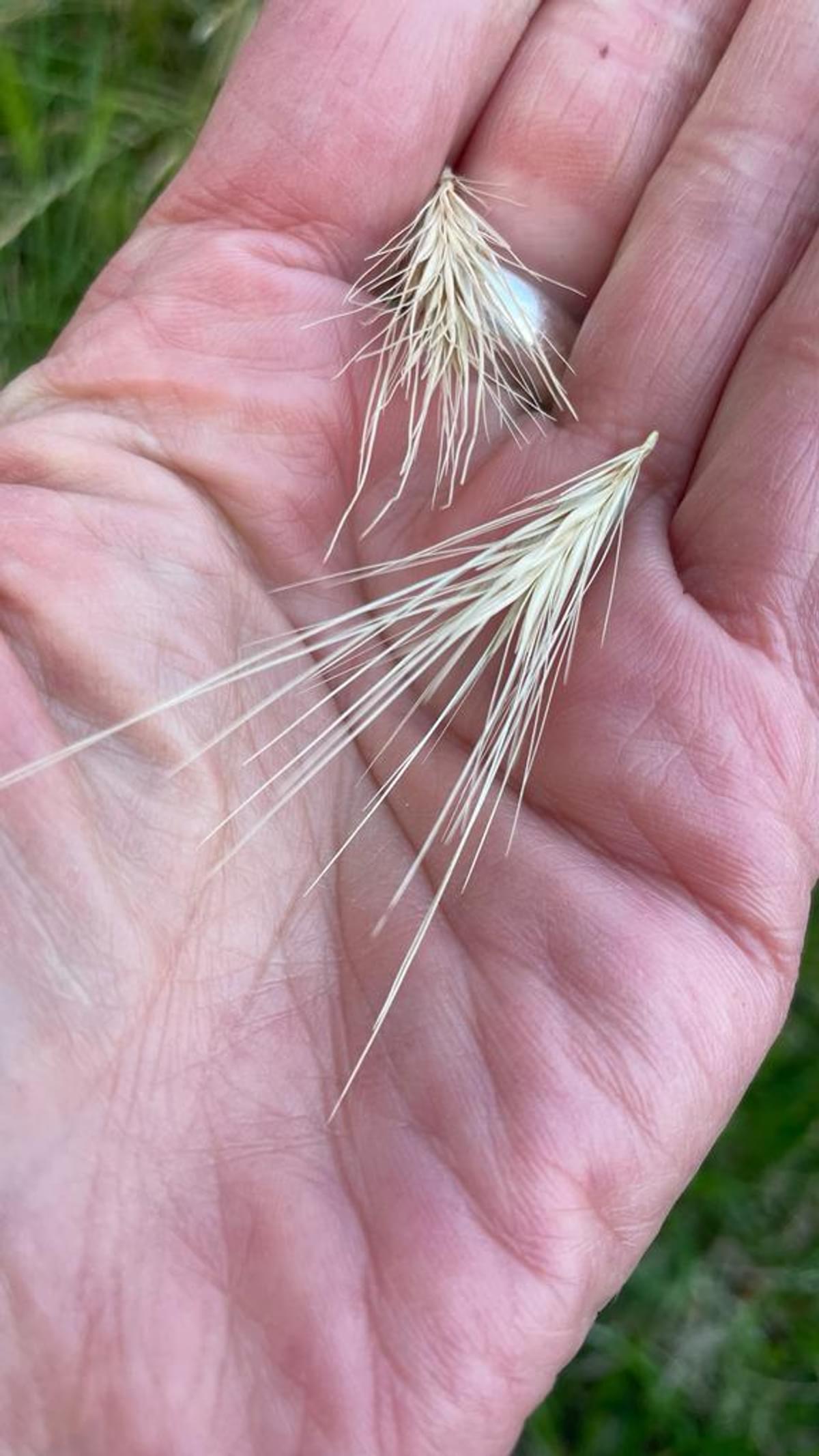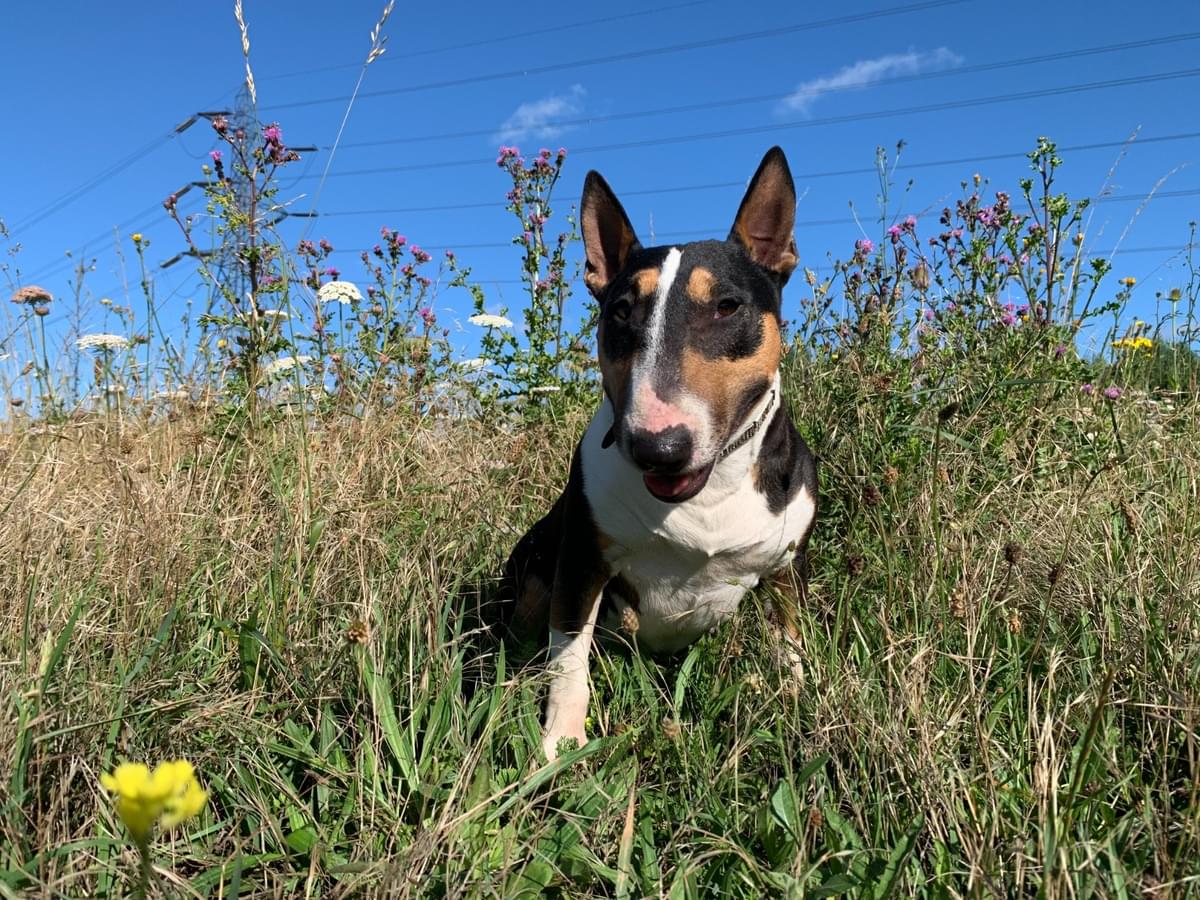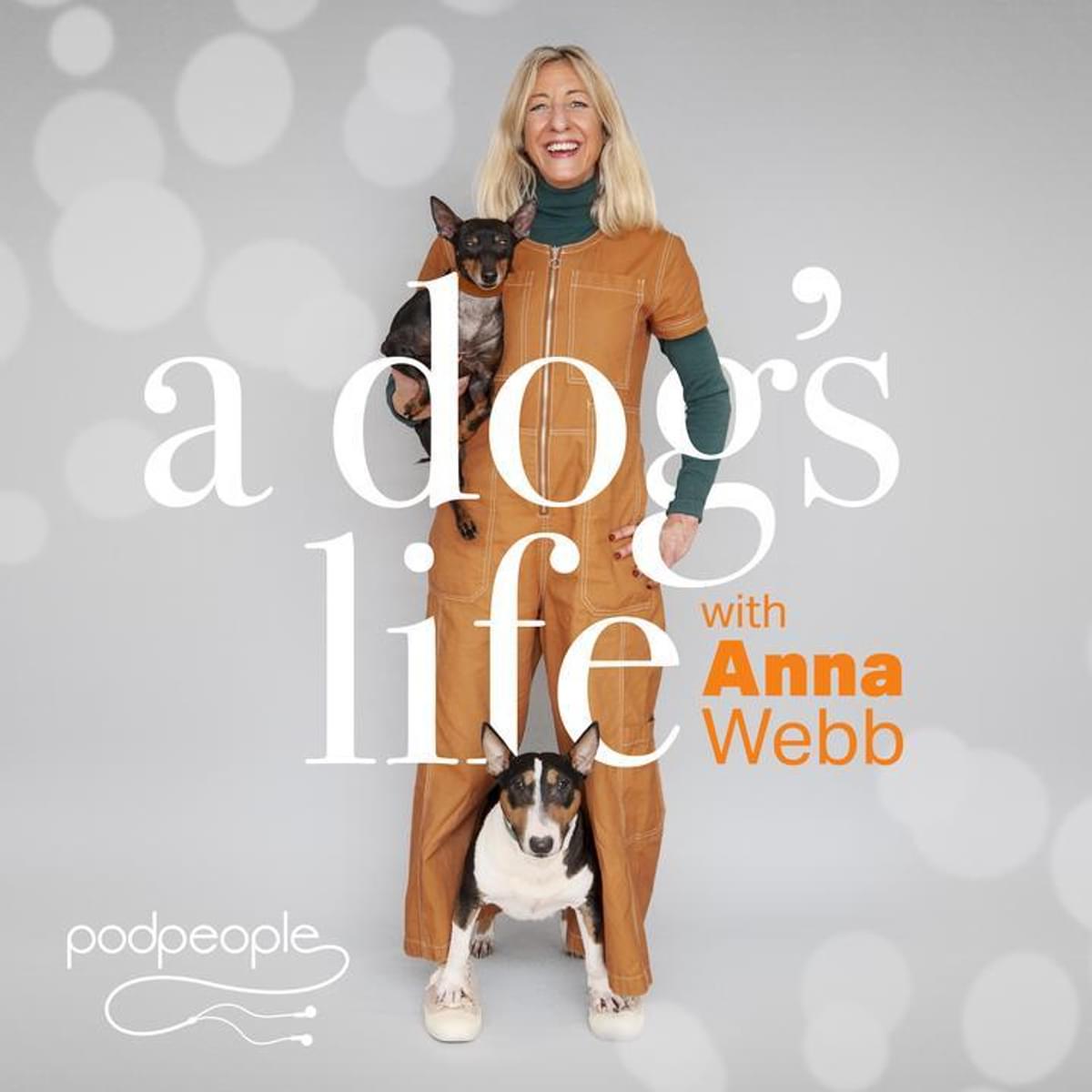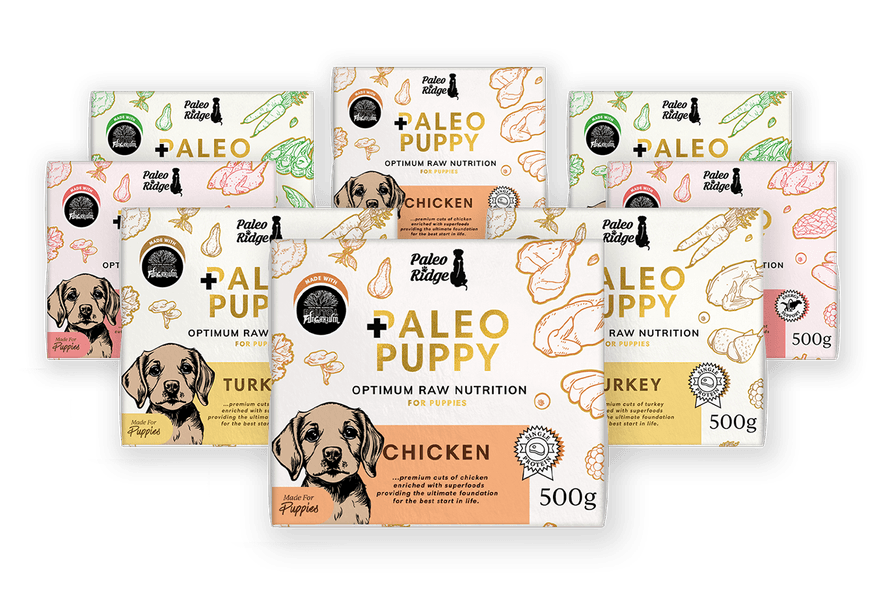Despite looking harmless enough, on close inspection grass seeds are shaped like a dart, about one to two centimeters long, with one end that can penetrate your dog’s outer skin.
Potentially turning a summer’s walk into a veterinary emergency, these arrow-like seeds attach to hairy coats, paws and ears as your pooch brushes past or goes sniffing in the undergrowth.
Eager to bury themselves, grass seeds aim to burrow into the skin for a firm grip, and if not removed in time, they can migrate into the bloodstream, and cause infection, get lodged in the throat, end up in your dog’s lungs.
Many popular breeds like Cockerpoos, Spaniels, Labradors, and Golden Retrievers with their natural hunting instincts coupled with their thick double coats make them easy targets. But all dogs are vulnerable.
Smooth-coated dogs are equally as susceptible but offer more visibility with less ‘coat’ when checking ears, eyes, and paws for these grassy arrows.
Breeds like Bull Terriers, German Shepherds, Whippets, Toy Terriers, and Frenchies, with upright ears are like radars for seeds offering an open cavity for precision landing and a smooth passage into the depths of the ear canal and beyond into the throat.
Some dogs love chewing on moist fresh grass, but the risks outweigh any benefits. Not least in case of any lurking slugs, but if grass seeds are ingested or in-haled they can work their way quickly into the chest and the lungs.
This can lead to a serious emergency surgery known as a ‘PyoThorax’, which is at least very invasive, at most life threatening.
